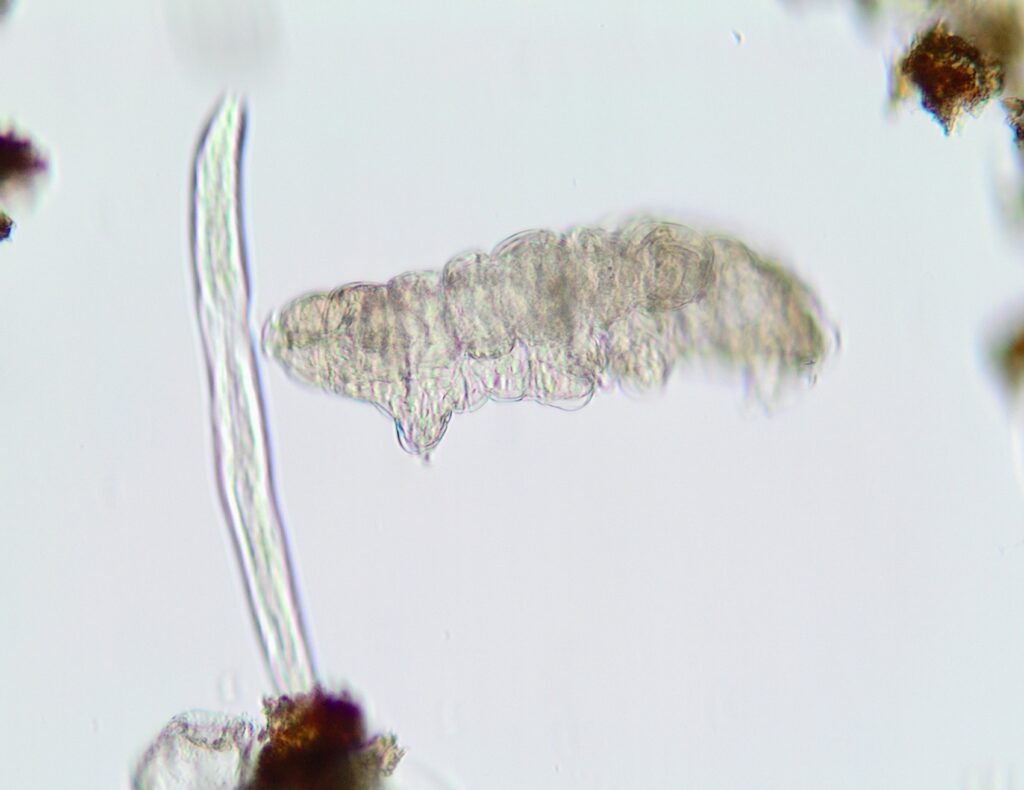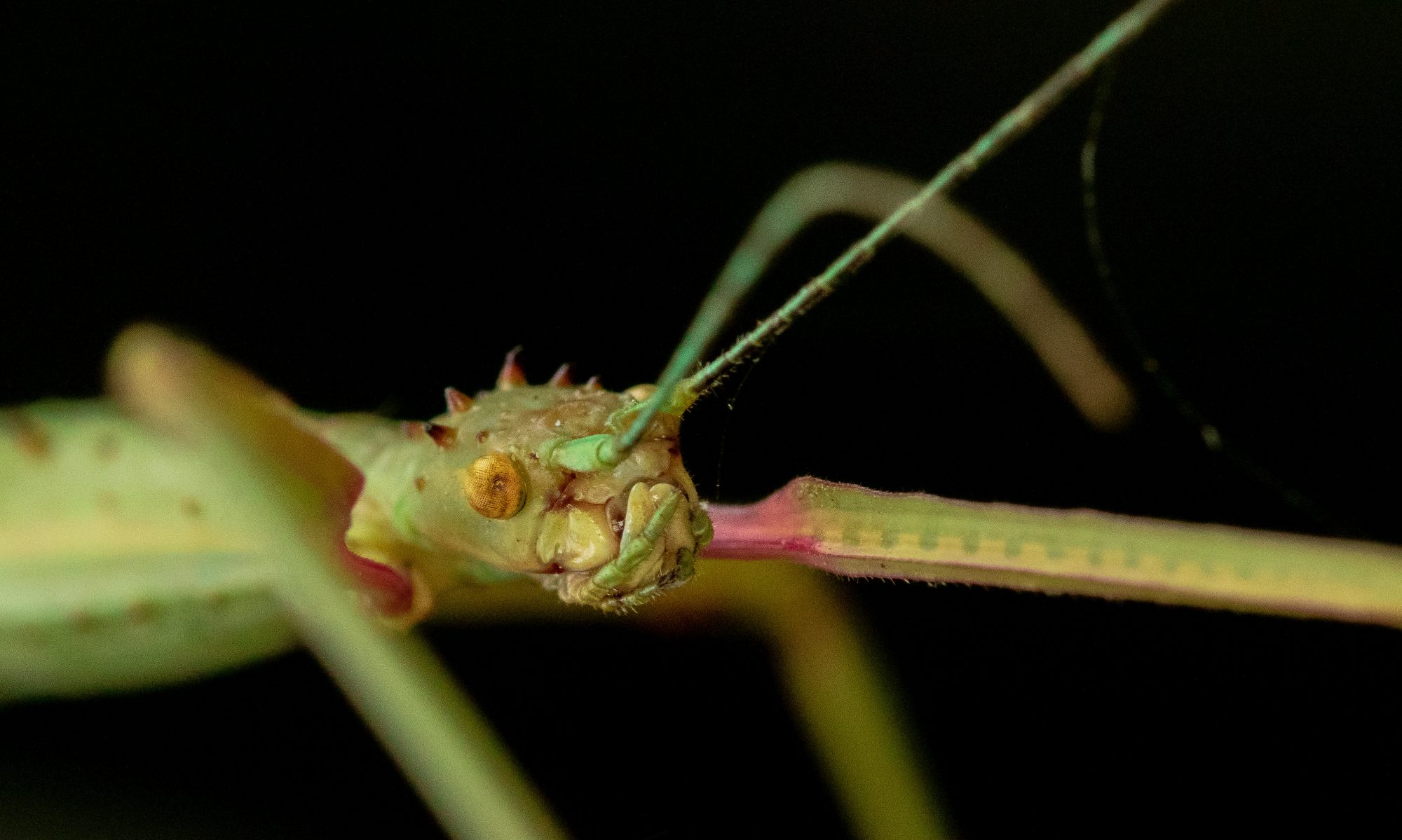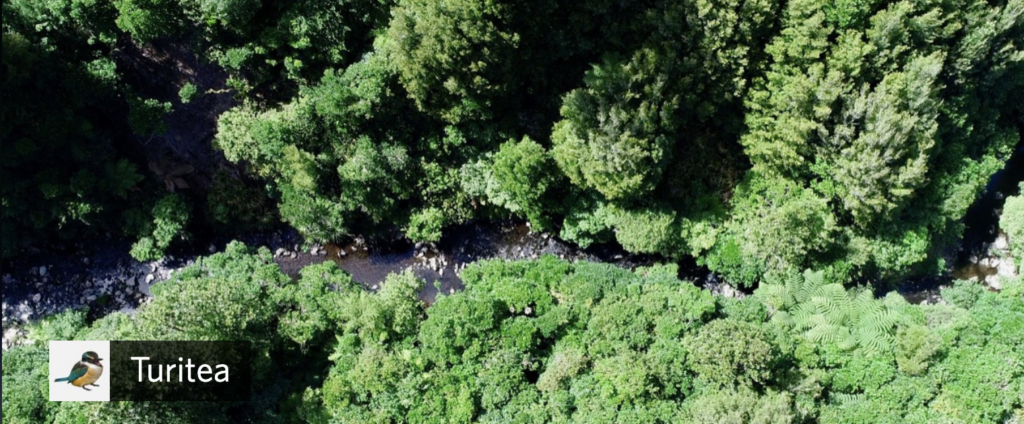
TURITEA VALLEY is like many in Aotearoa New Zealand. A water catchment cut by a small water course (a tributary of the Manawatu River), that was formerly shrouded in dense native forest. Today the stream and its catchment is highly modified with little of the former native vegetation, extensive pasture development and increasing residential development. This project seeks to collate information about native and introduced biota as we develop our understanding of the way people interact with natural ecosystems. It should be possible for us to maintain native biodiversity, water quality, land stability and ecosystem processes at the same time as drawing on the natural resources our landscape offers.
One tool we use is iNaturalist, which is “is a social network of naturalists, citizen scientists, and biologists built on the concept of mapping and sharing observations of biodiversity across the globe”. iNaturalist NZ—Mātaki Taiao is our local rendering of that global resource and it is easy to get involved if your start here.
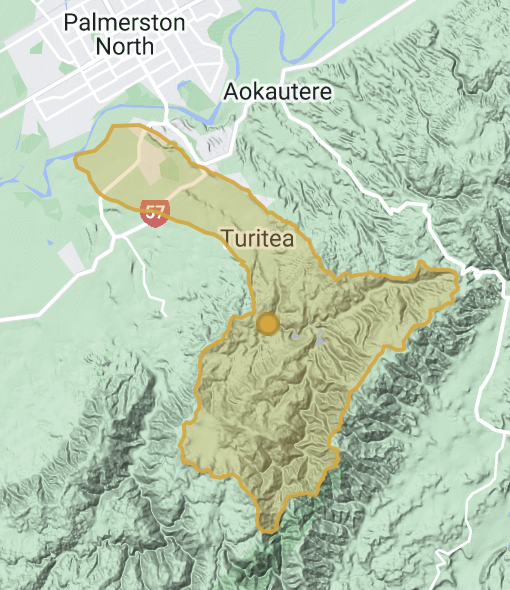
Within iNaturalist NZ we have set up a project called Turitea, which allows us to easily view and organise observations made by iNaturalists within the Turitea catchment. It is situated at the north west end of the Tararua range just south of the Manawatu Gorge, draining low hills and flowing west through the Manawatū campus of Massey University to the Manawatu river. The headwaters of the Turitea stream provides drinking water to Palmerston North city. Any observation made within the bounds of the water catchment can be analysed.
As of 17 March 2023 the Turitea project on iNaturalist had accumulated 3,507 observations spanning 1,080 species. Some species are documented many times and that is useful because it can show activity across the landscape and through time. For example the native pigeon kereru was observed most often in Turitea during September and a large proportion of sightings were in residential areas and on Massey University campus.
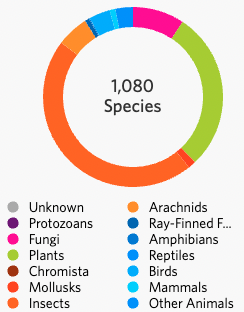
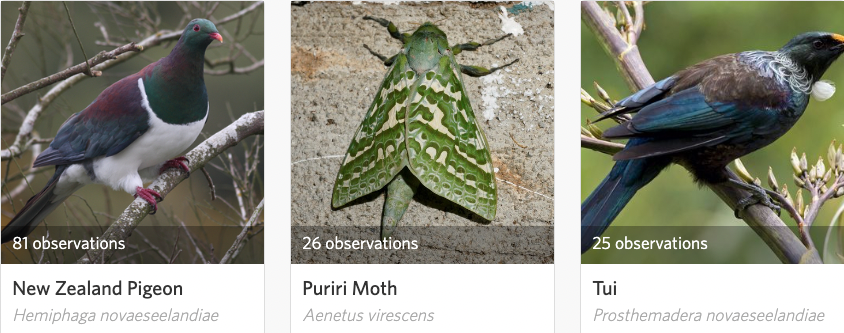
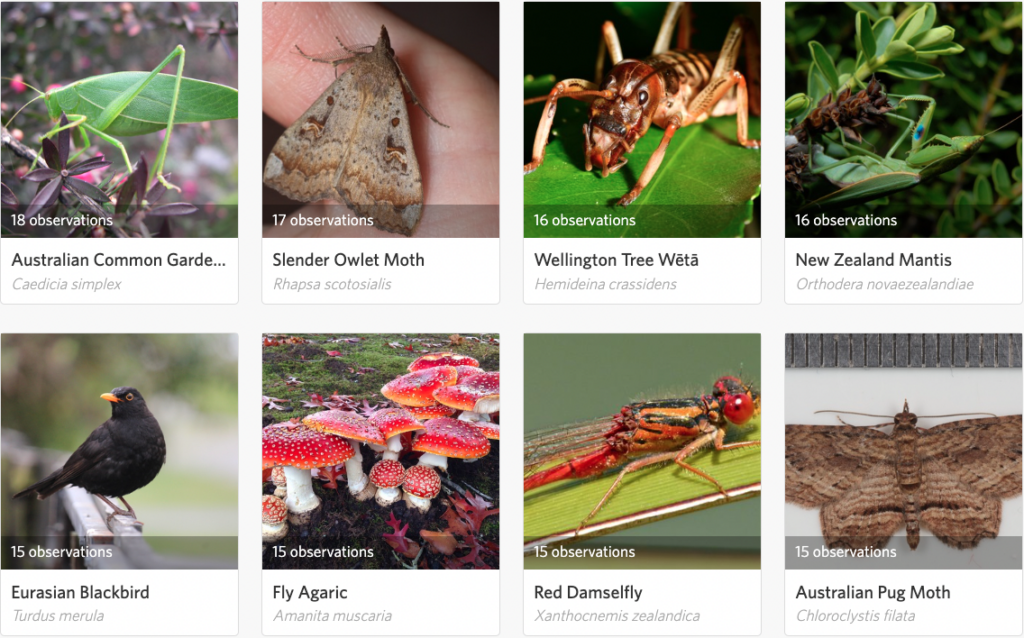
There tends to be a bias towards animals but plants, algae and fungi are fundamental to the ecosystem. Ninetynine species of fungus and lichen have been recorded in 264 observations, suggesting that any additional observation is likely to contribute new species to the list. Most fungi are growing under or on trees and this reflects their importance in nutrient cycling in forests and their relative scarcity in exotic pasture grasslands. ‘Mushroom’ type fungi (59 species) are the most readily spotted and recognised but fungi are also present in encrusting lichens (6 species), brackets (5 species) and as insect parasites.

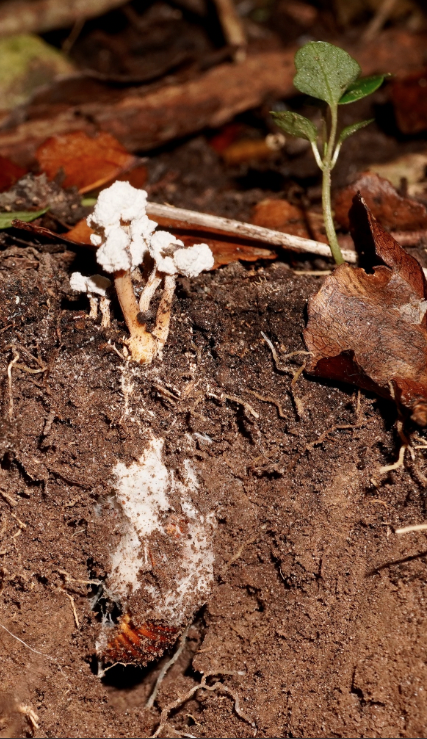
Some fungi operate as parasites and these include species of Cordyceps which invade insect hosts and gradually take over the hosts body. Cordyceps sinclairii (left) lives on the late stage nymphs of native cicadas, and produces a small fruiting body with many white spores in Autumn. Other species have ground living moth larvae as their hosts and some are parasites on adult insects. The infamous ‘vegetable caterpillar‘ has not yet been recorded in Turitea but might exist under the more intact forest of the water reserve.
The distribution of plant species depends a lot on landuse practices. Areas modified for pasture are dominated by a few exotic grass and herb species, whereas remnant native forest have a richer species mix. Notable native trees include northern rātā which is represented in the valley by a small number of individual trees, kamahi, and rewarewa. Ferns include bracken in relatively undisturbed open areas, and many species in remnant forest.
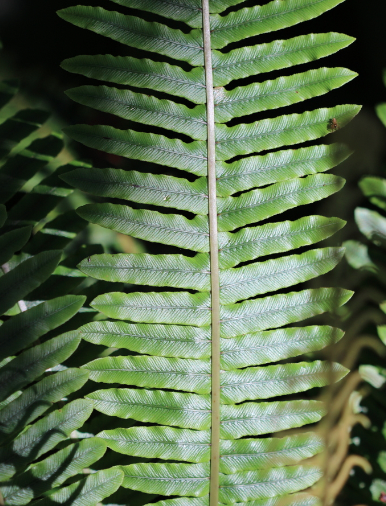
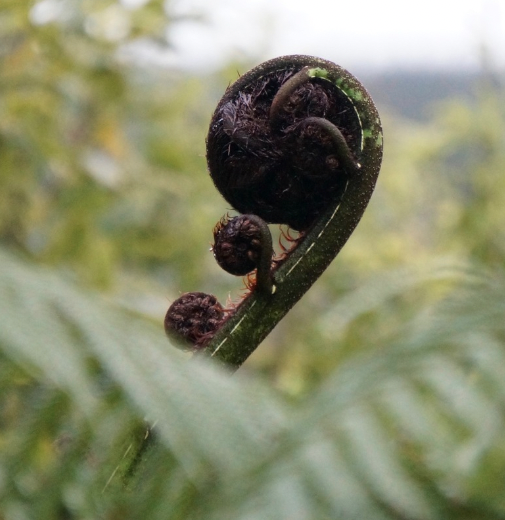
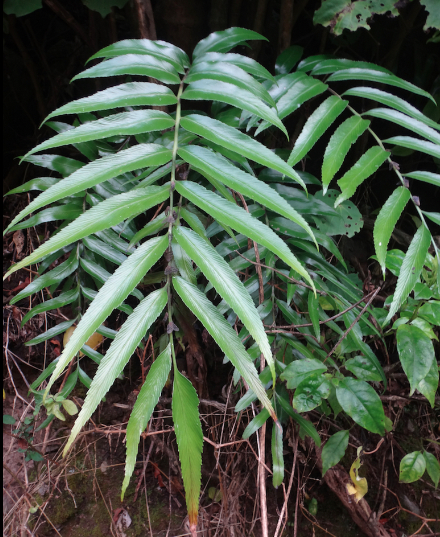
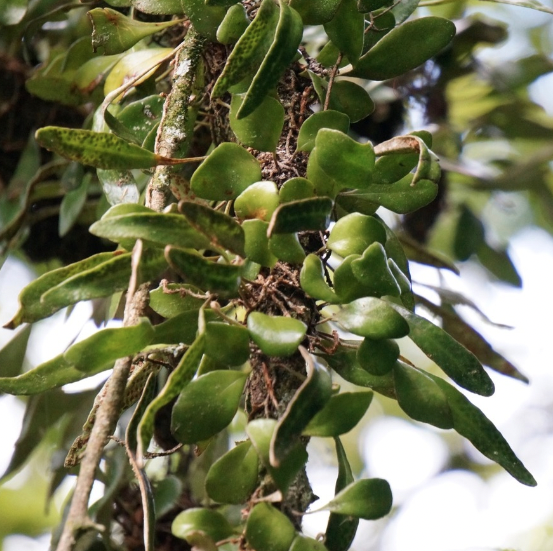
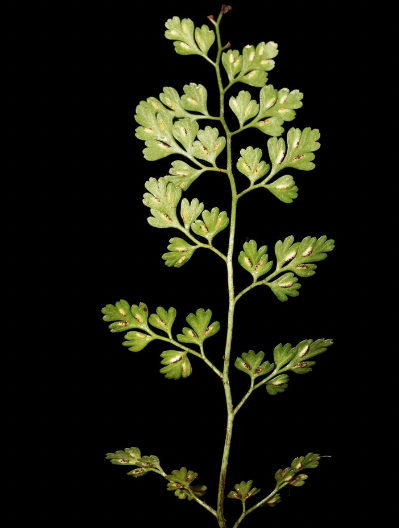
Pest species abound in the Turitea valley and among mammals include the usual suspects: ferret, rat, rabbit possum (pictured), hedgehog, stoat, mouse, feral cat. However only 40 observations have been recorded suggesting that other ways are needed to get a better understanding of pest abundance. Small scale trapping schemes that are regularly monitored probably have limited impact on total pest numbers but do provide invaluable data about the abundance of species targeted.
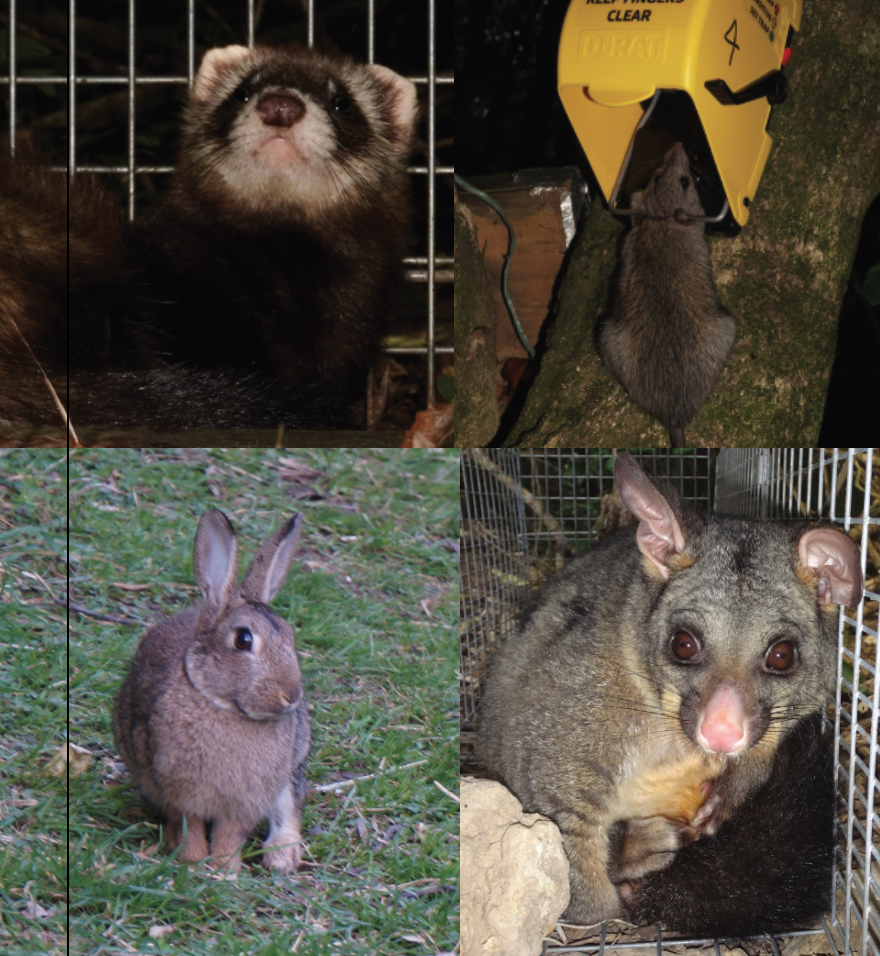
Monitoring changes in species composition, abundance of particular species and changes in activity patterns over time (seasons or years in the face of climate change) is best gained by repeated observations at a particular sampling site. This can be done at any scale convenient to the observer such as recording night flying moths arriving at a house window. So far 154 species of moth and butterfly have been documented in Turitea valley (666 observations), but one site (554 observation) includes 128 species
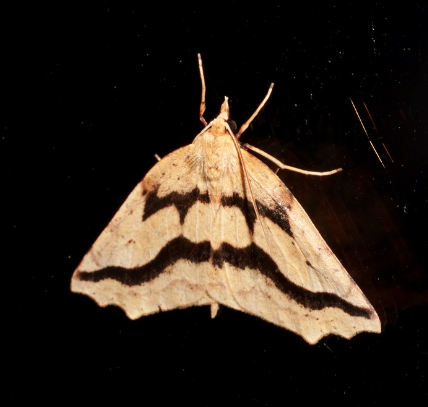
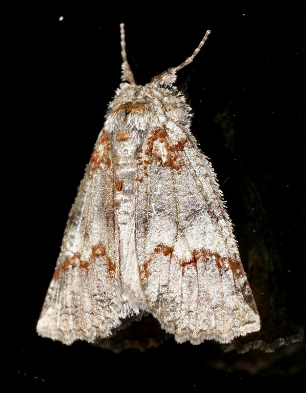
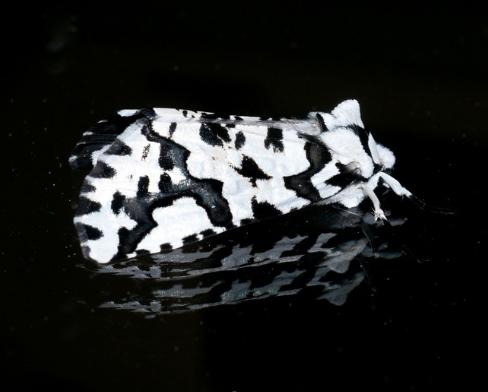
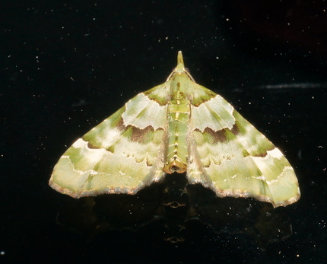
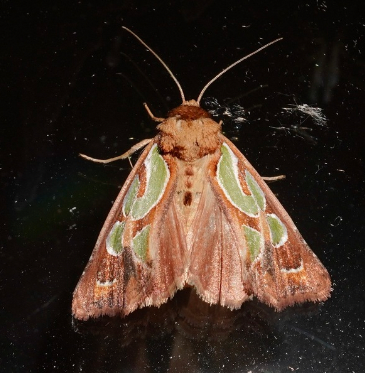
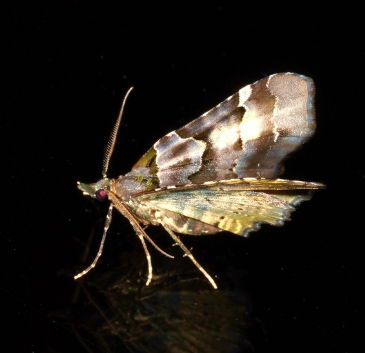
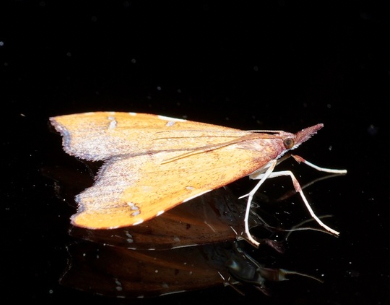
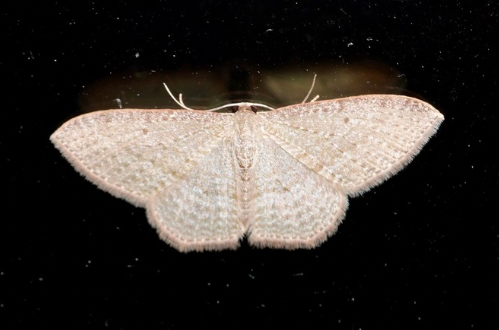
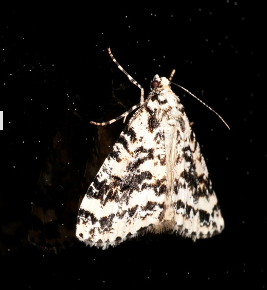
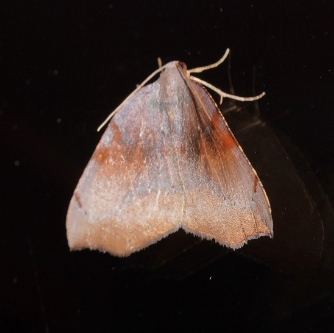
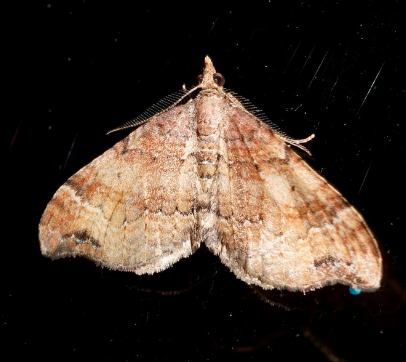
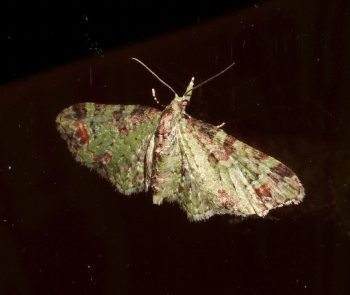
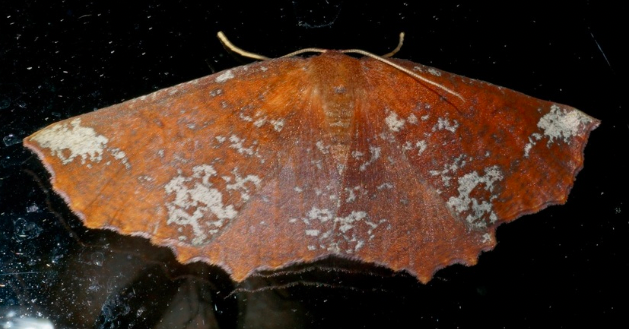

Observations can be made of all aspects of natural history, not just whole adult organisms. For example these spores of New Zealand flax were retrieved from the whiskers of a rat, this Gisborne cockroach had been walked on, this is the hole made by the caterpillar of the puriri moth and these are the eggs of the introduced Emperor gum moth.

Observations of species interactions add to our understanding of the complex ecosystem we share. Here a grey warbler is being parasitised by a shining cuckoo, this velvet worm is feasting on a native cockroach, and this black-headed jumping spider has caught a hover fly.
And observations don’t have to be visual. The natural sounds in the valley can get drowned out by cars and lawnmowers but they are there to heard. These include katydid, cicada, introduced whistling frog, ruru more pork, and whitehead which are becoming more frequent in parts of the valley.

Only two native non-bird vertebrates are known from the valley and from just one location so far. Both are reptiles: a Naultinus green gecko is know from a single dead individual. A small population of New Zealand grass skink (left) is known, but others probably exist… An invasive skink has also been detected.
At the other end of the spectrum, one of the smallest (about a fifth of a millimetre long) and hardiest of organisms so far recorded in the valley is a kind of tardigrade or ‘water bear’ that belong to their own phylum Tardigrada.
